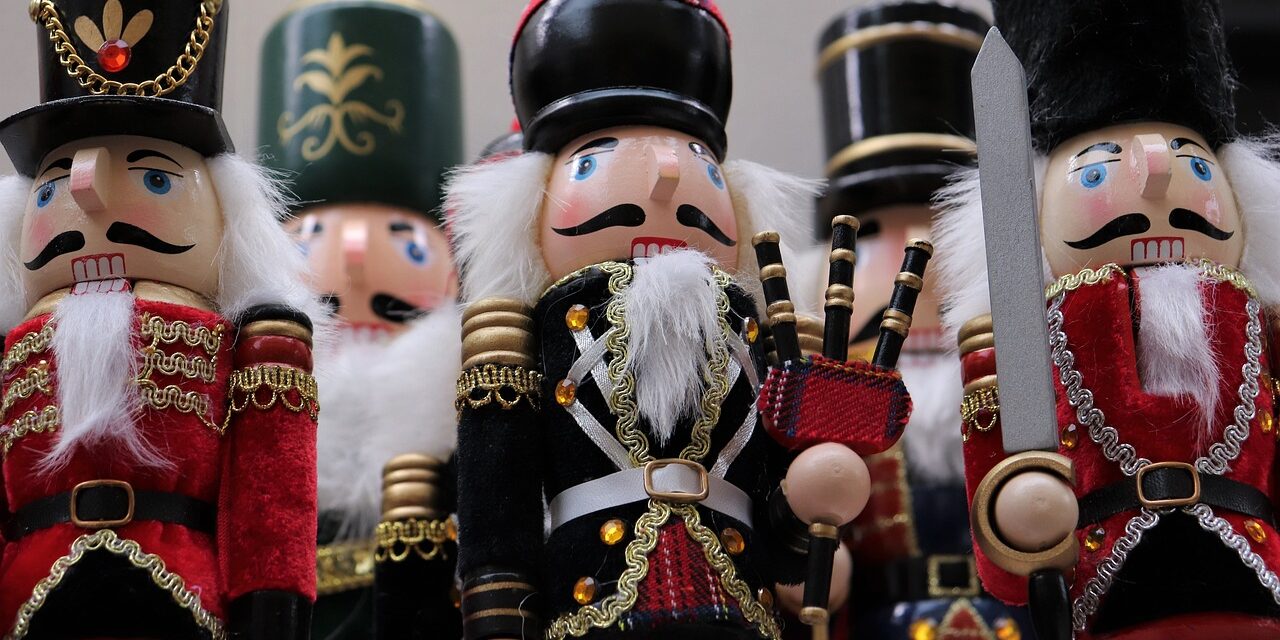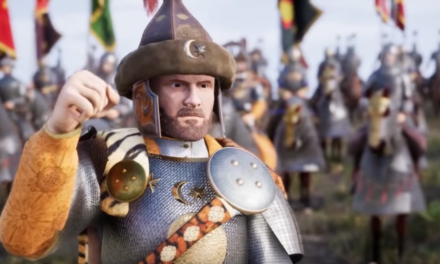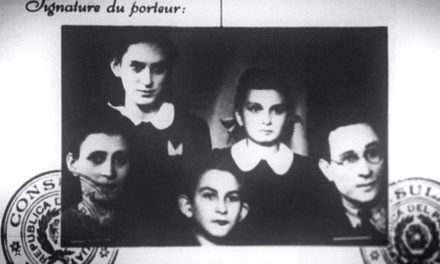Nutcracker figurines are becoming more and more popular at Christmas, as table decorations, Christmas tree decorations, or even human-sized sculptures. What is the story of the figurine and what does it have to do with Christmas?
Where does the nutcracker figure come from?
In Germany, nutcracker figures are symbols of good luck, they are believed to bring good luck to the house and keep evil spirits away from homes. In the past, as the name suggests, they were actually used for cracking nuts, but today they are loved for their decorative nature.
They have existed since the 17th century, when they were given as gifts to each other. It is interesting that at this time they existed not only in human form, but also in the form of various animals, birds, and dogs.
Their popularity only increased in 1892, when Tchaikovsky's last stage work, The Nutcracker, was presented, based on ETA Hoffman's tale The Nutcracker and the Mouse King , and its story begins on Christmas Eve.
The most famous maker of Nutcracker figurines was Wilhelm Fuchtner, who started selling his ornaments in his Seiffen workshop after the ballet performance.
World success in II. thanks to the American soldiers returning from Germany after World War II, who took the dolls home as souvenirs.
When the Nutcracker ballet was presented in America, it was a huge success and the puppets became even more famous. Watching the ballet soon became a Christmas tradition.
A real, handmade figure consists of sixty different pieces, traditionally decorated with bright colors, red and green clothing is common.
The story of the Nutcracker and the Mouse King
ETA Hoffmann's tale The Nutcracker and the Mouse King takes place on Christmas Eve at the Stahlbaum family. The two brothers, Marika and Fric, are piled high with toys by their godfather. Marika likes a nutcracker soldier, but her brother also wants to play with it and soon destroys it. The little girl starts nursing the baby. Then a vision appears in front of him, in which a seven-headed Mouse King goes into battle with his younger brother's toy soldiers. The mice are about to win, which frightens the girl, she quickly ends the fight and then passes out.
Although the little girl tells the adults what happened, they don't believe her, except for her godfather. He tells a tale about a cursed princess, a Mouse Ears witch and a prince who has been tricked. Meanwhile, the mice flood the family's house, but the nutcracker comes back to life and rushes to the girl's aid. After the Nutcracker kills the terrible Mouse King, he takes Marika on a wonderful trip to Dollland.
In 1844, Alexander Dumas revised the story and it became the basis of Tchaikovsky's ballet.
Tchaikovsky's ballet
On December 18, 1892, Pyotr Ilyich Tchaikovsky's last ballet, The Nutcracker, was presented for the first time at the Mariinsky Theater in St. Petersburg (Kirov Ballet in Soviet times), which has been an essential Christmas program on ballet stages around the world ever since.
The ballet was directed and written by Marius Ivanovics Petipa, the general director and choreographer of the Cári Theatre. The goal was to stage a play with such an impressive visual style that had never been created before.
At first, Tchaikovsky did not even want to take on the task of composing the piece, he was afraid that the many ornate costumes and magnificent scenery would overwhelm the music he had acquired. But then he was still captivated by the tale and undertook the composition. The work was completed in 1892 in three acts. It was presented in Hungary for the first time on Christmas 1927.
Featured Image: Pixabay













